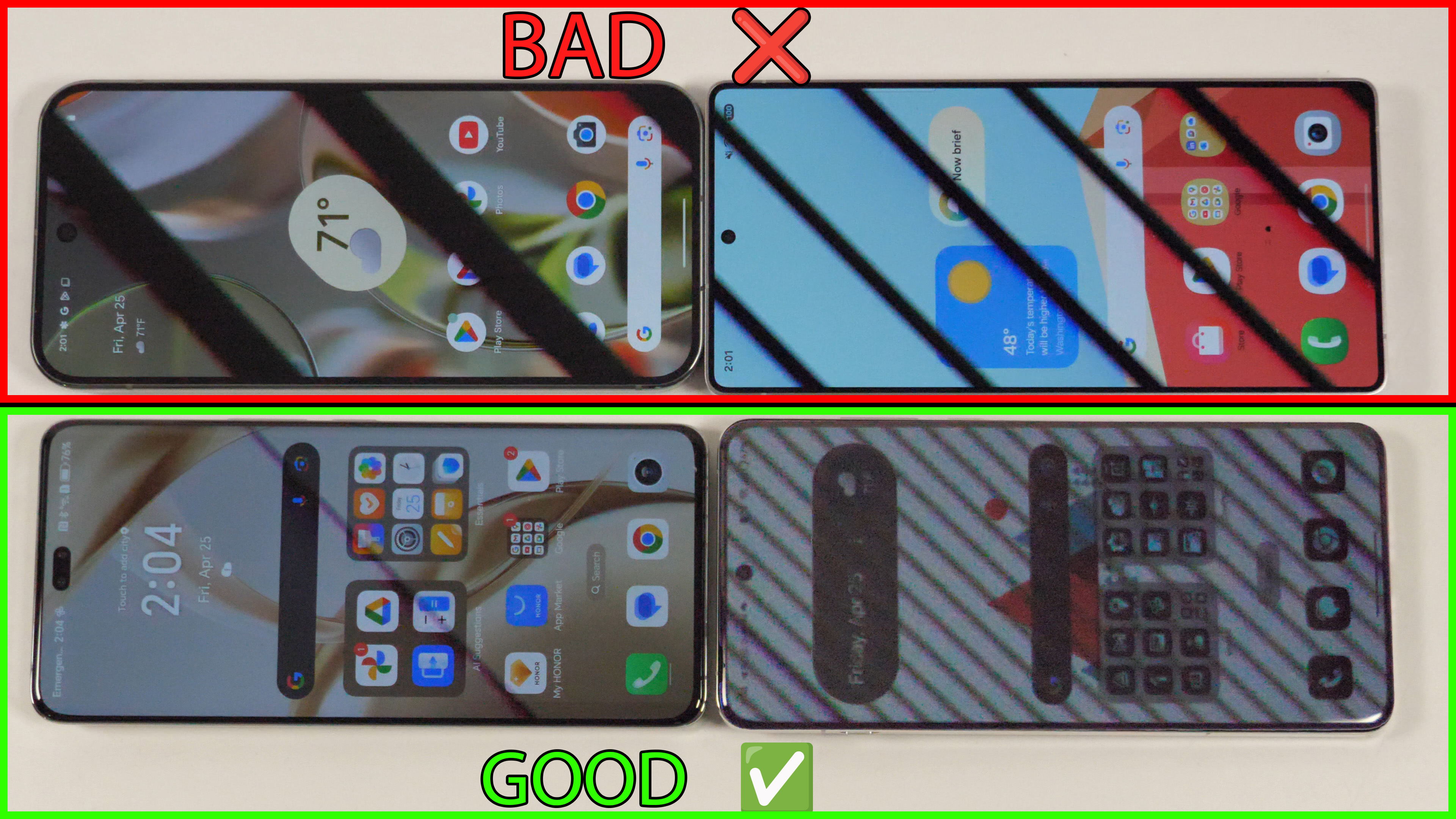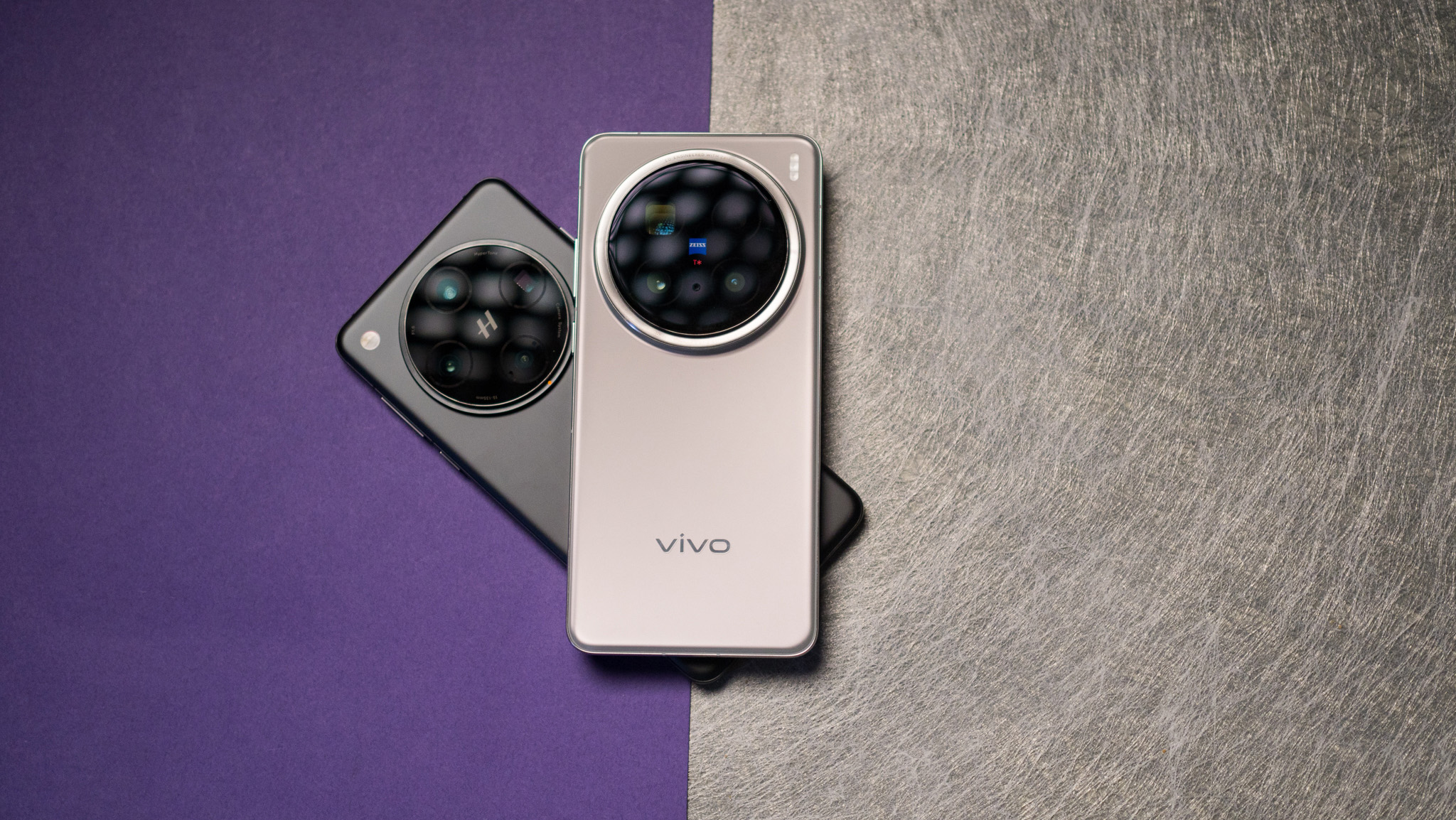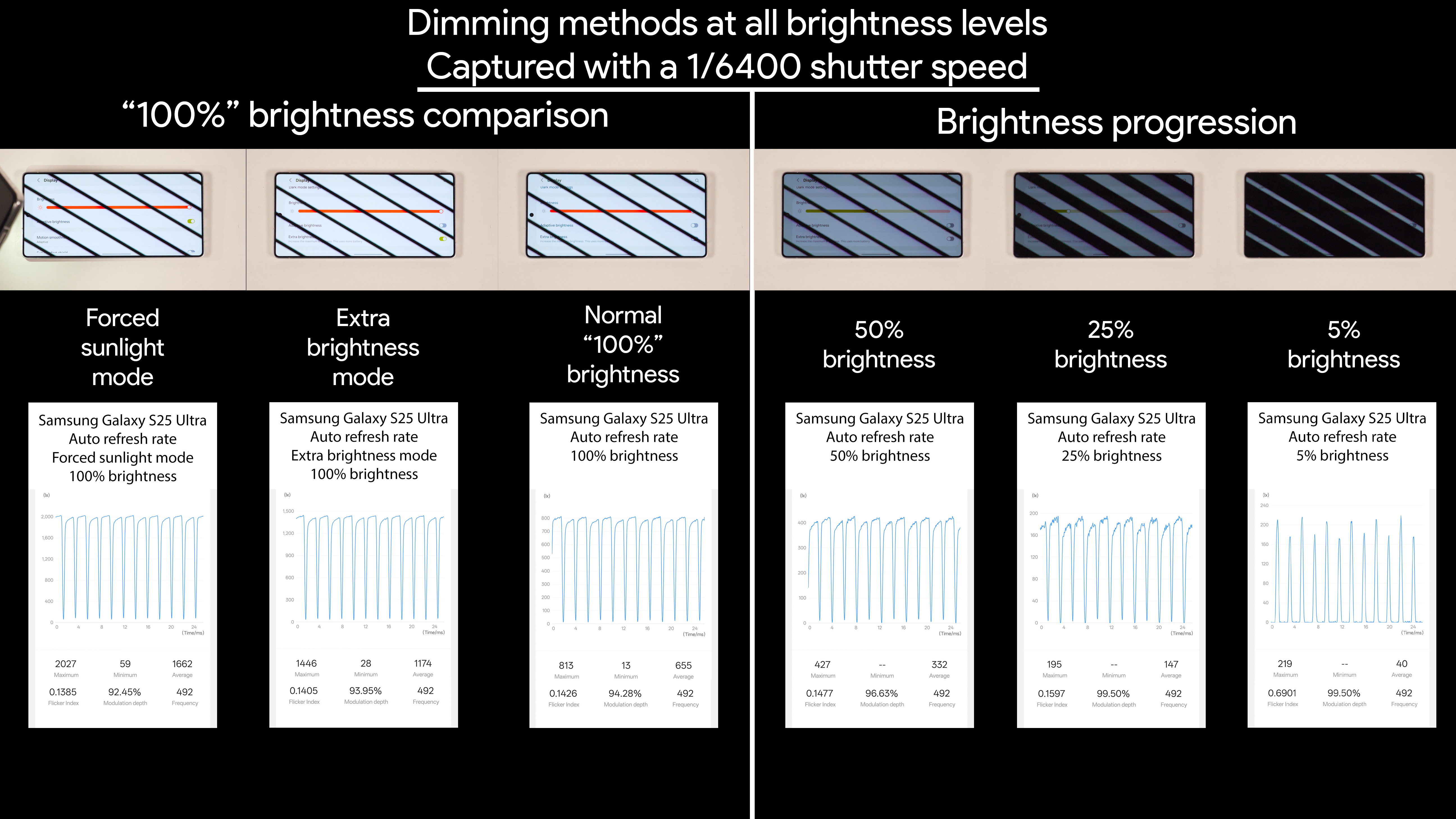What is PWM dimming, and what are the alternatives?
Modern displays don't dim like a lightbulb. Here's why your phone may be giving you a headache.

Have you ever looked at your phone and gotten a headache? Sometimes, it just means you've been on it too long and need to take a break. For some folks like me, it's the display itself that's causing the issue. That's because modern smartphone displays don't dim like a traditional lightbulb. Instead, they often rapidly turn on and off to fool your eyes into seeing a dimmer image.
This is called Pulse Width Modulation, or PWM dimming. It's ubiquitous with any kind of LED, from phones to TVs, lightbulbs to laptops, and even those cool strip lights that change colors all around your room. But while the concept might be common, plenty of devices opt for more comfortable alternatives.
PWM sensitivity has been on the rise in recent years, brought on by the presence of more LEDs everywhere in our lives. Things have been made worse by lights getting brighter — which makes PWM dimming more painful — and companies failing to follow industry-recognized flicker safety standards.
I've suffered from PWM sensitivity since late 2022, and I've been on a personal journey to both understand how the technology works and what alternatives are best. Here are my findings after testing hundreds of devices and talking to researchers and lighting professionals.
What is PWM dimming

In the smartphone world, PWM dimming is almost exclusively used on OLED and AMOLED displays. A display that uses PWM dimming turns on and off in rapid succession to trick your eyes into seeing something perceptively brighter or dimmer. During this flashing cycle, the display will stay on longer to appear brighter. Conversely, the display will stay off longer during this flashing cycle to appear dimmer.
Companies use PWM dimming because OLEDs exhibit visual problems when trying to dim them like a traditional light source. Clever engineers figured out that they don't need to dim the display at all to make people see a dimmer display, though. They just turn it on and off very rapidly and the human brain does the rest.
Research shows that PWM dimming needs to occur at 3,000Hz or faster — meaning the display needs to flash 3,000 times per second — in order to be safe for the vast majority of people. Companies like Apple, Google, and Samsung have traditionally used far lower rates of 240Hz and 480Hz, causing discomfort or pain in up to 20% of the population.
Get the latest news from Android Central, your trusted companion in the world of Android
The effect can be seen visually by pointing a camera at a screen or light source and using a shutter speed of 1/6400, or as close as you can get to that number. All the best Android phones will give you this capability in the Pro or Manual camera mode. You'll know a display or light uses PWM dimming when it looks like one of the phones in the image above.
The dark bars represent how long the display stays off during the flashing cycle. Thicker, darker black lines mean it's staying off for a long time, creating a strobe-like effect that negatively impacts sensitive users. Ideally, a good display will only show light grey bars, signifying the display doesn't get very dark during this cycle.
The best alternative

The best alternative is to eliminate PWM dimming altogether. A display that dims like a traditional light source is the most human-friendly type of light, but this isn't strictly possible with OLED.
Only LCDs are able to completely dim by using what's called "DC dimming," meaning the DC voltage is lowered to produce a dimmer light. The trick is that not all LCDs use DC dimming. Some use PWM dimming for the same reasons as OLED displays, which can sometimes help manufacturers create a specific color of light.
Phones like the TCL NXTPAPER 60 Ultra use DC dimming and create a fully flicker-free display that's great for everyone, including the most sensitive users. E Ink phones like the Bigme HiBreak Pro are finally available, offering a compelling flicker-free alternative. There's also an interesting tech called RLCD, which is a hybrid between E Ink and traditional LCD screens
The problem is that flagship phones haven't used LCD panels in years, meaning there's no way to get a fully DC-dimmed flagship phone today. Thankfully, some alternatives exist for people who want to buy flagship phones with an OLED Display.
The best OLED option: DC-like dimming

Back in Spring 2023, Motorola came out of seemingly nowhere with the Motorola Edge+ 2023 and a brand new flicker-reduction feature for its gorgeous OLED display. The flicker-reduction option, found in display settings, completely disables PWM dimming in favor of what's known as DC-like dimming.
With DC-like dimming, the display gets dimmer as the voltage is lowered. It sounds a lot like true DC dimming, but there's one catch: OLEDs must refresh the brightness every time the display is refreshed. That's because the pixels are individually lit on an OLED display, and any change that's required must refresh the entire pixel. This means a 120Hz display "flickers" at a 120Hz rate on an OLED that uses DC-like dimming.
Thankfully, this method reduces the perceived flicker by a significant amount and is safe for most flicker-sensitive individuals. This is because, unlike PWM dimming, DC-like dimming never turns the entire display off when it refreshes. There's just a small brightness drop as each pixel is refreshed.
The downside is that DC-like dimming can cause noise and discoloration at low brightness levels, which is why most companies have avoided it. Apple's iPhone 17 family is likely using this method.
The best visual fidelity alternative

Companies like Honor, Xiaomi, OnePlus, Oppo, IQOO, and Nothing all use a hybrid dimming method that uses DC-like dimming at high brightness and PWM dimming at low brightness. This may sound backwards for comfort reasons, but these companies achieve success by using high-frequency PWM dimming.
Honor leads the pack with 4320Hz or 3840Hz PWM at low brightness on phones like the Honor Magic V5. Other phones, like the OnePlus 13, use 2160Hz PWM dimming at low brightness. Using high-frequency PWM dimming ensures that the OLED display can perform at its best, and a frequency in the thousands of hertz ensures that most people won't be negatively affected by the tactic.
An interesting alternative: full PWM

Some companies, like Vivo, offer an alternative called "full PWM" on the Vivo X100 and Vivo X200. This method uses PWM dimming at all brightness levels like Samsung and Google, but it uses a substantially faster rate than those companies, often at 2160Hz or faster.
As a reminder, the best Google Pixel and Samsung Galaxy phones all cap out at 480Hz PWM dimming. Full PWM can be more comfortable for some users, but it's important to have a fast enough rate that isn't perceived by some people's brains as a strobe light. Based on research, 2,000Hz is the minimum number needed for this tactic.
Conclusion

Many people have no idea their smartphone displays flicker as much as they do, but a lot of people feel the negative side effects of the technologly. Many people experience headaches, eye pain, nausea, migraines, and several other physical ailments that can be avoided by not using these devices or lights.
While the situation felt hopeless just a few years ago, awareness and understanding have created great alternatives for people who find flicker to be uncomfortable or painful. With companies like Apple and Google finally responding to user requests for change, things are looking up for everyone.

OnePlus has made huge strides toward a more eye-friendly phone and is the first phone Android Central has ever awarded 5 out of 5 stars. OnePlus gives you several eye-comfort options on a beautiful OLED display, plus top-notch hardware and years of software support.

You must confirm your public display name before commenting
Please logout and then login again, you will then be prompted to enter your display name.


